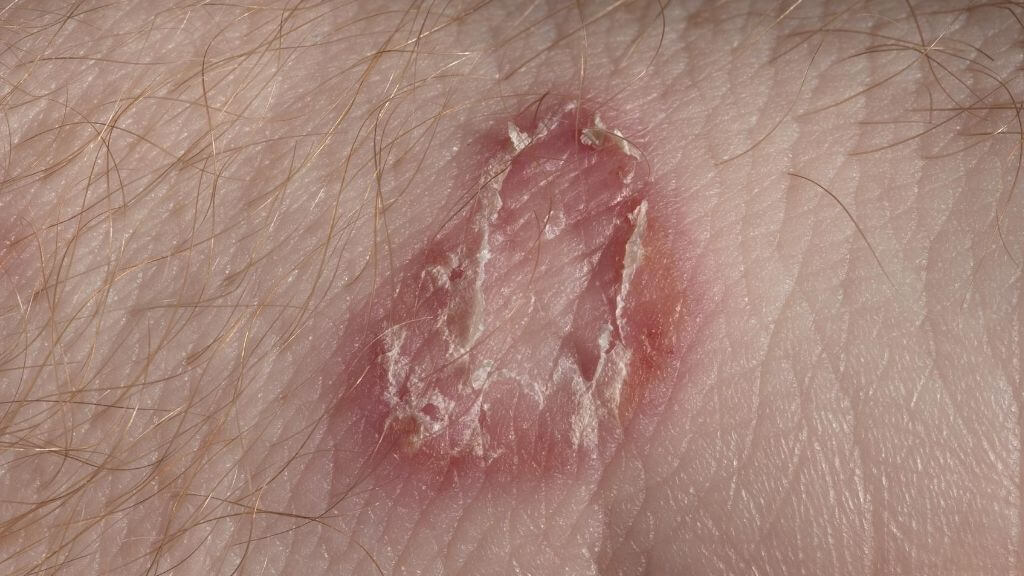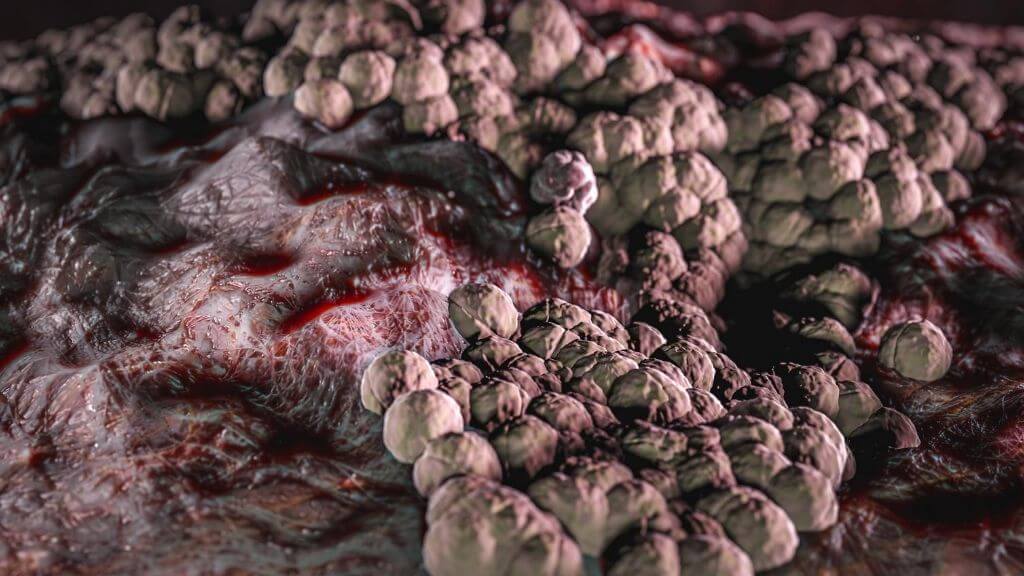10 Symptoms of Candida Overgrowth to Spot + How to Fight It Naturally
7 minute read
Candida overgrowth or infection is one of the most common afflictions to humans. It is the most common fungal infection and yet so easy to prevent and eliminate.
Without treatment, Candida can grow quickly and has been linked to serious infections and disorders. It is important to know what to look for and to identify a Candida infection early, so it can be stopped before it really starts.
Understanding Candida and How it Works
Candida is a fungus, or type of yeast, and like the trillions of bacteria in your gut, it needs you to survive. The fungus can be found in small amounts in your mouth, intestines, and on your skin.
In these small amounts, it is relatively harmless. However, the fungus is opportunistic, which means it takes advantage of a weakened immune system or unbalanced gut microbiome. If the opportunity presents itself, Candida can grow and spread quickly, leading to infection.
Candida overgrowth can result in oral infections, vaginal infections, and digestive troubles. Most people are aware of the mouth and vaginal complications but don’t often attribute intestinal disorders to the fungus too.
An overgrowth of Candida in the gut can cause inflammation and damage to the intestinal wall. The result is leaky gut syndrome where toxins from the gut can leak into the bloodstream and travel through your body.

There are a few things that make it easier for this fungal population to get out of control:
♦ Diets high in sugars and refined carbohydrates
♦ Excessive alcohol consumption
♦ Eating too many fermented foods
♦ Overuse of antibiotics
♦ Chronic stress
♦ Autoimmune diseases
The reason Candida can take over in these circumstances is because your gut microbiome becomes depleted, leaving them unable to defend your body.
Candida not only is opportunistic but it has a strong will to survive and multiply. The fungus has the ability to change shape to protect itself from changing environments. For example, if the gut acidity or temperature changes, it can switch from a round shape to an elongated shape. Once they take on this shape they can pass through the intestinal wall easier and travel via the bloodstream to other organs. A Candida problem can quickly become an all-over-your-body problem.
Candida is linked to autoimmune conditions because of its ability to sneak through your intestinal lining. When undigested foods, toxins, or bacteria can leak through your gut, as a result of gaps created by Candida, your immune system releases an inflammatory attack.
When these travelling toxins reach healthy organs, the organs get caught in the crossfire and are attacked by inflammation. Over time, you could end up with an autoimmune condition.

Detection and Elimination
Identifying Candida overgrowth early enough is the best way to prevent infections or disorder in your body. Because Candida can spread through your body, there are a signs and symptoms to look for which can help in identifying an overgrowth:
♦ Skin and nail fungal infection such as toenail fungus, athlete’s foot, and ringworm
♦ Digestive issues such as bloating, diarrhea, and constipation
♦ Chronic fatigue or fibromyalgia
♦ Irritability, mood swings, depression, or anxiety
♦ Severe seasonal allergies
♦ Strong sugar and refined carbohydrate cravings
♦ Autoimmune diseases such as lupus, ulcerative colitis, or multiple sclerosis
♦ Skin issues like eczema, psoriasis, or hives and rashes
♦ Urinary tract or vaginal infections
Should you suspect that you have a Candida overgrowth, visit your doctor to be tested. As many of these symptoms can result from other things, a test is needed to identify that Candida is specifically to blame.
Blood tests will look for specific antibodies in your blood. These antibodies are produced by your immune system in response to the presence of Candida. You can also check for Candida with a stool test, as this accurately identifies if the fungus is present in your intestines or colon.
Once you’ve identified a candida overgrowth, you have the ability to eliminate it. The best way to control this opportunistic yeast is by restoring levels of your friendly gut flora that work to keep Candida in check. Rebalancing your gut also allows for your gut to heal so no more toxins or particles can travel freely through your body.

This relieves discomfort and prevents autoimmune disorders from developing and promotes optimal digestive health.
There are three simple steps to controlling Candida.
1. Cut Off Its Food Supply
You need to starve the Candida by removing the foods from your diet that they crave. You will need to cut all sugars and alcohol as well as limit carbohydrates such as starchy vegetables, grains, and legumes. While these foods are good for you, it is important to note that you only have to limit them for a small time until the Candida has been eliminated. It is also a good idea to monitor what you eat moving forward and remove all foods that seem to trigger Candida overgrowth symptoms.
2. Go on the Offensive
You then need to attack the Candida while it is in a depleted and weakened state. There are specific supplements made that address the need for Complete Candida Control.
The key ingredient to look for is caprylic acid which works to break down the walls of Candida cells.
3. Improve Your Microbiome
The final step is to restore and strengthen your gut bacteria with a high-quality and clinically proven probiotic supplement. The higher the potency, the better able your gut bacteria will be able to keep the Candida under control moving forward.

| Related: How to Find the Best Candida Control Supplement |
You can also choose to add probiotic foods to your diet such as yogurt or fermented dairy drinks or foods.
The Bottom Line
Candida can take over quickly and waits for the perfect moment to take over. Because it can easily travel through you body, symptoms can present anywhere.
Understanding this and knowing what to look for is the best way to stop the fungus before infection results. With prompt identification and treatment, Candida can be controlled, overgrowth can be eliminated, and you can carry on as you were.












